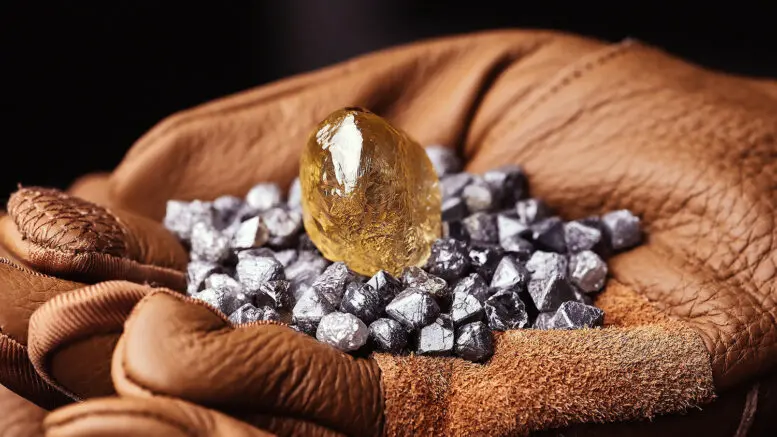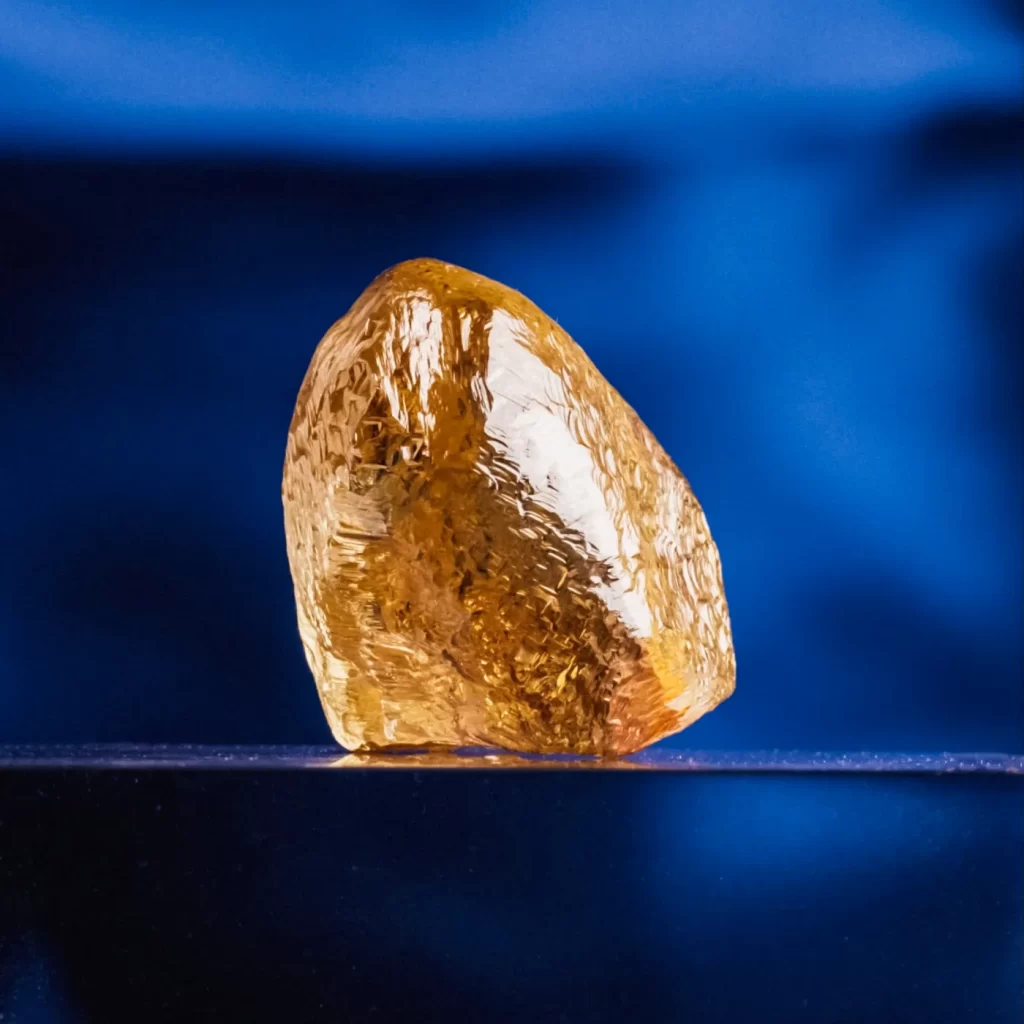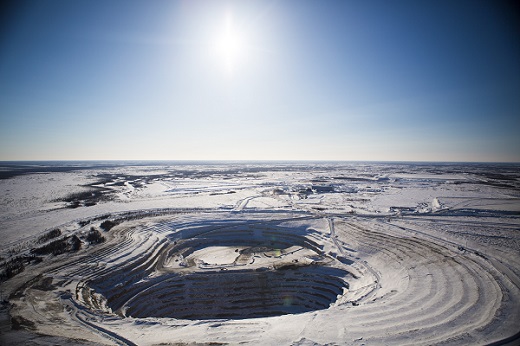
Canada’s three biggest diamond mines could be forced to close early, an economist has warned, amid the ongoing slump in prices.
Operators reported losses last year for Diavik, Ekati and Gahcho Kue, all in Canada’s Northwest Territories (NWT).
They are slated for closure as they reach the end of their lives – estimated at 2026, 2029 and 2030 respectively – but dwindling demand may render them uneconomic before those dates.
Graeme Clinton, an economist in Yellowknife, capital of NWT, told CBC, Canada’s national broadcaster : “I don’t think nearly enough is made of the state of the markets which are most important to our economy. These low prices could very well mean an early closure.”
He qualified his comments by saying that none of the miners had so far indicated that they’d bring forward their closing dates.
Diamond mining is key to NWT’s economy, representing over a quarter of its GDP, but miners have been hit hard by the downturn.
Rio Tinto’s Diavik mine lost CAD 127m (USD 94.6m) in 2024, Burgundy’s Ekati lost CAD 94.7m (USD 70.5m) and Mountain Province, minority-owner of Gahcho Kue lost CAD 81m (USD 60.0m).
Early closures would cost thousands of jobs, and would dent NWT’s economy.
Source: IDEX




